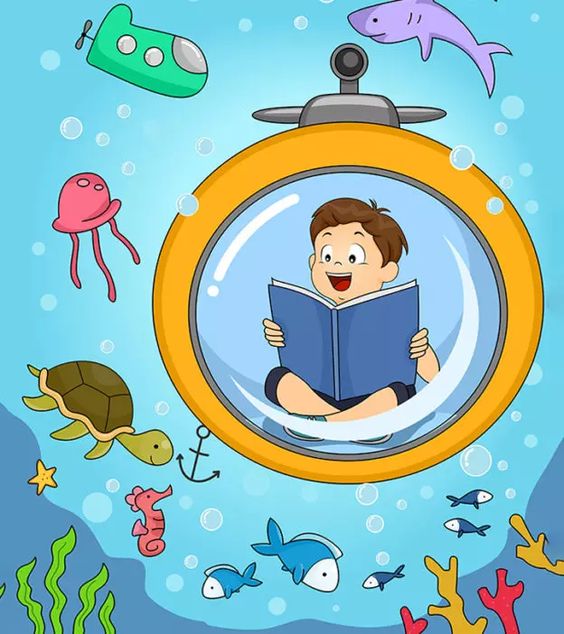1. The ocean covers 70% of Earth’s surface, making it a major part of our planet.
2. The world’s largest ocean, the Pacific Ocean, is so big that all the continents could fit inside it.
3. The ocean is home to millions of different species, with scientists discovering new creatures all the time.
4. The Great Barrier Reef, the world’s largest coral reef system, stretches over 1,400 miles along the eastern coast of Australia.
5. The Mariana Trench, located in the western Pacific Ocean, is the deepest part of the ocean at about 36,000 feet deep – that’s more than 6 miles below sea level!
6. Ocean water contains various minerals and elements, including salt. It’s much saltier than freshwater from lakes and rivers.
7. The color of the ocean can change depending on different factors like sunlight, water depth, and the presence of plant life.
8. The waves you see at the beach are created by wind blowing across the surface of the water.
9. Seaweed and algae produce over half of Earth’s oxygen through a process called photosynthesis.
10. Oceans play a crucial role in regulating our planet’s climate and weather patterns.
11. Some fascinating ocean creatures have unique adaptations like bioluminescence (glowing in the dark) or camouflage skills to blend in with their surroundings.
12. Hurricanes and typhoons form over warm ocean waters and gain strength as they move across it.
13. Earth’s longest mountain range is actually underwater – called the Mid-Atlantic Ridge.
14. Coral reefs are sometimes called “the rainforests of the sea” because they’re bustling with life and biodiversity.
15. Sea turtles can travel thousands of miles in their lifetimes by riding ocean currents on great migrations.
16. Some fish, like salmon, are born in freshwater rivers, then travel to the ocean to grow and later return to spawn in their birthplace.
17. The Great Ocean Conveyor Belt is an underwater current that connects all of Earth’s oceans. It transports heat, nutrients, and even living organisms around the globe.
18. About 80% of all life on Earth can be found in the ocean.
19. Dolphins are highly intelligent sea mammals, known for their playful behavior and complex communication skills.
20. Plastic pollution is a significant problem facing our oceans today, negatively impacting wildlife and ecosystems.
21. Some jellyfish species can regenerate lost body parts and even revert to younger forms through a process called transdifferentiation.
22. Sea otters have the densest fur of any animal, providing insulation against cold water temperatures.
23. Gravitational attraction from the moon causes tides in our oceans as it pulls on Earth’s water.
24. Whales are some of the largest animals on our planet, with the blue whale reaching lengths up to 100 feet long!
25. Many sea creatures communicate using sound or subtle body language for socializing or escaping danger.
26. Ocean temperatures vary greatly, from near freezing levels in polar regions to warm tropical waters near the Equator.
27. The first successful exploration to the bottom of Mariana Trench happened in 1960 by US Navy Lt. Don Walsh and Swiss engineer Jacques Piccard.
28. Oceans play a significant role in absorbing carbon dioxide from Earth’s atmosphere, helping reduce climate change impacts.
29. Sharks have been around for more than 400 million years – older than trees and dinosaurs!
30. There’s still much to discover as we’ve explored less than 5% of Earth’s oceans, offering endless opportunities for future marine scientists and ocean enthusiasts!





